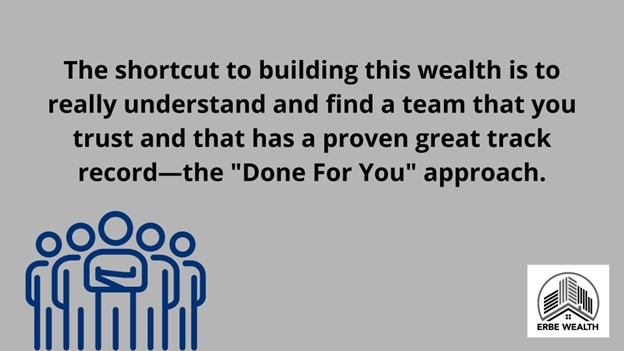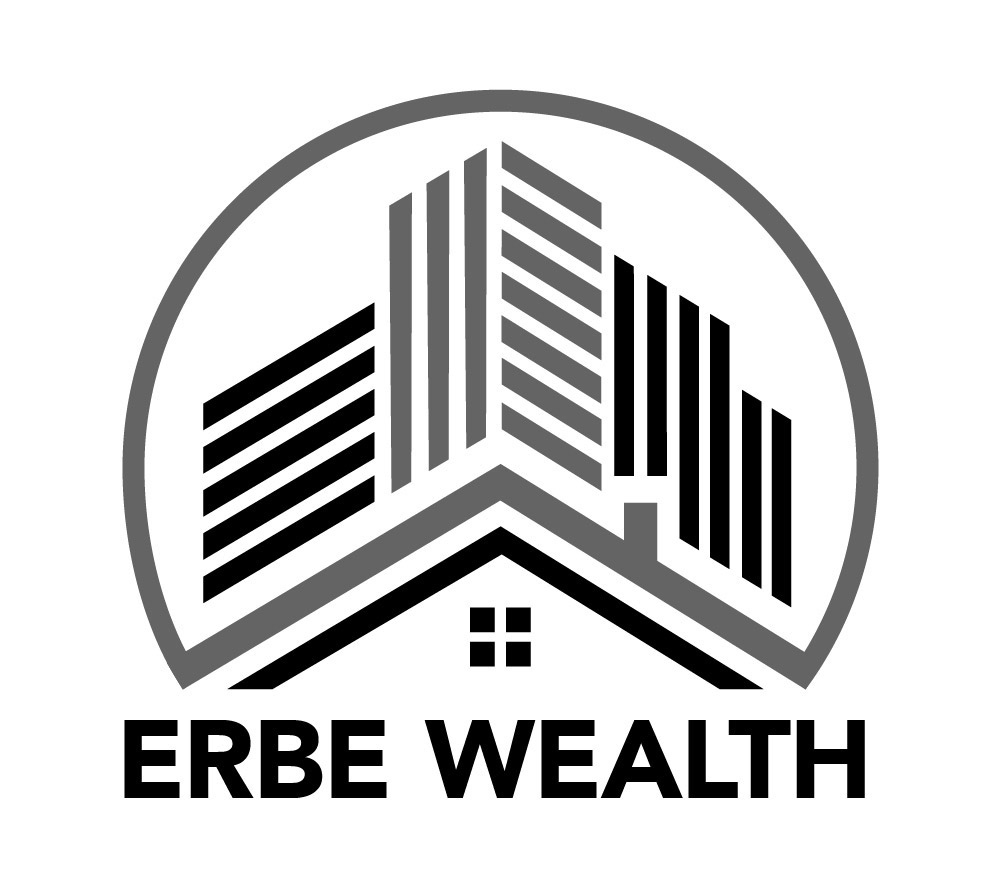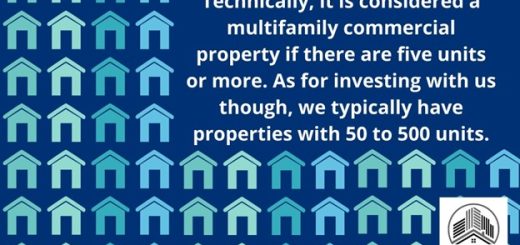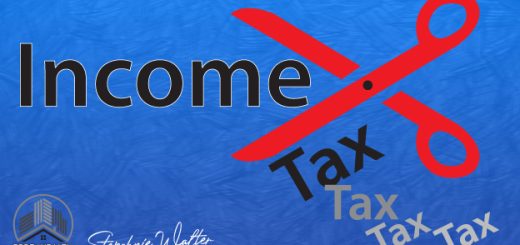3 Phases of a Real Estate Syndication
by Erbe Wealth · Published · Updated
What are the different phases of a real estate syndication?
Let’s take a step back and talk about what a real estate syndication is.
Simply put, it’s a group of investors who pool their money together to buy a real estate investment. Every syndicate is unique in its goals and strategies, and there are many different approaches to putting one together. There can be anywhere from three investors in a syndication to 3000 or more.
The syndicates we deal with invest in commercial real estate, mainly in multifamily apartment complexes.
A real estate syndication comprises two groups of individuals—general partners and limited partners. General partners (GP) are the experienced professionals who run the operation of the syndicate. They look for the deals to bring to the table.
Real estate can be done in a lot of different ways.
Most people are familiar with DIY real estate, or “do it yourself real estate.” This involves getting the loan, buying the property, running the property, and handling the 2 A.M. calls for broken furnaces, broken toilets, and late rent. It carries with it the possibility of holding it forever or selling it.
OR
The way that I like to put syndications is they are DFY investments, which means “Done for You.”
So essentially, you’re partnering with some experienced professionals who run and operate the deal, and you are coming in as a passive investor. I’ve done both sides of it, and DFY (“Done for You”) just can’t be beaten.
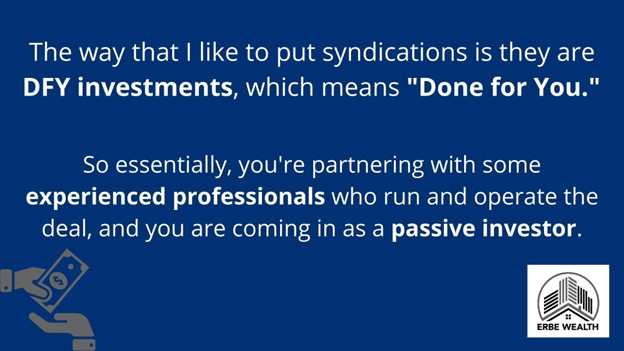
Many people have not heard of this type of investing/ It seems complicated, but we can break it down so investors can understand it.
There are three stages of a syndication:
- Origination phase.
- Operational phase.
- Liquidation phase.
Phase 1: Origination
Find the Deal
The Origination phase is where we find the deal. We are looking for an off-market property, specifically—that is a deal that we’re buying from the seller, typically one who is tired and ready to get out of the business. We’re looking to get a good deal on the property from day one. Finding the deal might sound easy, but it encompasses a lot of work to find those off-market deals that are a good deal.
Underwrite and Negotiate
We look at hundreds of deals every year before we find one to bring into the next part of the origination phase which is called underwriting. We have a software program that evaluates all the different aspects of this property to see if it’s a good deal. Then if it gets the thumbs up, we start to negotiate the deal with the seller and come to an agreement. If that’s the case, then the property goes under contract with a fairly complicated contract where everybody needs to meet deadlines to get it closed.
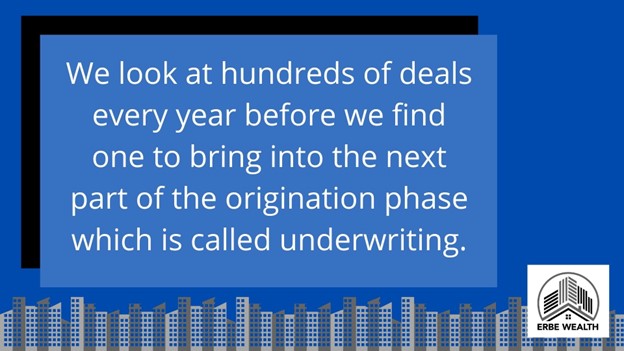
Create the Business Plan
Then we create our business plan. Every property is a little bit different. For example, we had a brand-new property we acquired from a developer who just simply wanted to get out of it and move on to his next deal. We got a heck of a deal on that one, but we purchased it vacant.
So, of course, our business plan for that one will look different from many of our other ones. Another property we have was closed on in December of 2021 and is a 160-unit. The past owners were very not involved, so it is a value-add property. The business plan has different priorities that we have to put together. We have to organize the renovation schedule, clean up, and make the exteriors of these properties look good. There’s a lot of heavy lifting in that project, so our business plan on that one is entirely different. All that to say, each property has its own business plan.
Keep in mind we are STILL in the Origination Phase.
Due Diligence
After that, we do our due diligence process. That could be a whole article in itself, but in summary, our due diligence process is very extensive and always very methodical.
We do the same things for every property, from inspections to auditing the property’s financial and operational records. For example, these include bank statements, tenant leases, contractors’ invoices, utility billing, contract services, and much more. We want to be sure that what we’re being sold is correct, and that involves at least 30 days of doing an inspection, visual inspections, and financial inspections.
Look for the Loan
During that time, we’re shopping the loans to find what we want to do with this property.
Create Paperwork
We create the syndication paperwork with our attorney who has done all of our syndication paperwork because we file everything through the SEC. That is all is done during the origination stage.
When the due diligence items are being checked off and it looks like the closing is a go we move to the next step.
Raise Money
Lastly, we start to bring in our investors. There’s usually a limited time to decide to invest in our deals. We usually have about 60 days before we close and by the time we reach out to our investors, we have already gone through 30 to 45 days of due diligence so that leaves 15 to 30 days at the most for the investors to sign on.
When the investors are notified that we have an open investment, the investors have to sign up and commit and get that money over to us quickly. Our past investors know that because many of them have lost out on amazing opportunities because they waited too long to commit.
As a result, that’s why our investment spots go very quickly and they usually fill up in a matter of a few hours or days.
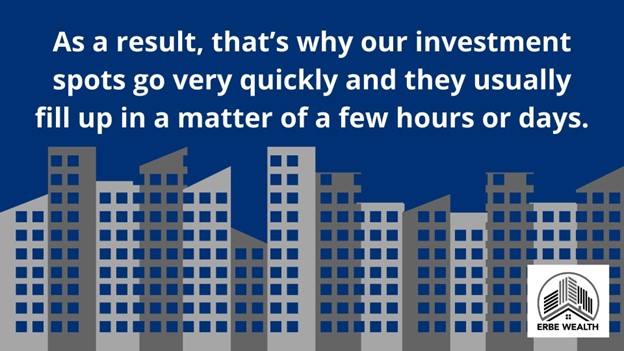
Close
The last step of the origination stage is closing the escrow. The whole process from beginning to end probably takes can take as little as 45 days and at most up to 90 days.
Phase 2 Operational
We move into the second stage which is the Operational phase, and that is the most important stage. We are executing the business plan. Generally, the first step is where we run a cost segregation study. That is always done right after the acquisition and is a report.
If you want to see more about that part, please see my article on cost segregation, which talks about the accelerated depreciation that we give to our investors.
I have mentioned that every business plan is different, but what’s most important is that you’re dealing with an extremely experienced team. One that has seen A LOT over the years and is equipped to handle anything that may come their way. You want to have experienced people running these properties to achieve the goals that they promised you.
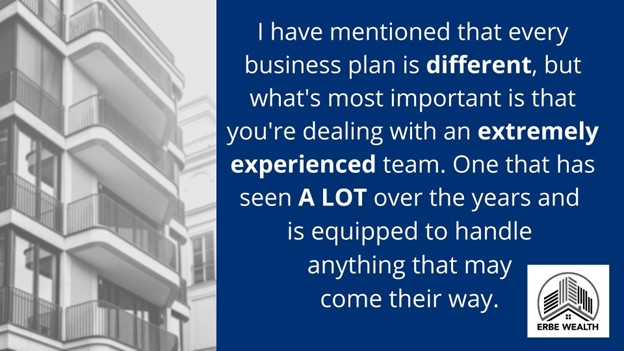
We correct current rents to market rents. We set up our micro renovation schedule for the units. We do exterior improvements to make the property look nice. We improve the amenities that are at the property to start building the trust of the tenants. We want them to see that as the new owners, we’re going to improve the property, i.e., their home, and do a good job to take care of them.
Three months in is when the 7-8% monthly distributions start to go out to our investors. Those get paid monthly the whole time we hold the property.
We issue the property reports each and every month so that the investors know what’s going on. Our reports are incredibly detailed and go over how much vacancy there is, what work orders have been done, and what the property managers are doing to market any vacant units. They will show if there are any renovations going on and the status of those. The report always ends with a copy of the income coming in and the expenses going out, as well as a copy of the bank statement. We are always transparent and the money is always accounted for.
Lastly, during the Operational phase, annual K-1 statements are issued to the passive investors. The K1’s are where you’ll see your depreciation which results in tremendous tax savings.
Phase 3 Liquidation
Lastly, we move into the liquidation stage and that’s an exciting stage. That’s when the business plan has been fully implemented. Everything’s going great. We test the market to deduce that it’s a great time to prepare for the sale, so we find a broker to market it. We review offers that come in. We negotiate, and close the escrow which is the best day!
That’s when we get to pay our investors.
And we are currently on our eleventh deal. As I write this in 2022, on every single deal I’ve been a part of, the returns to our investors have exceeded 20% a year. The investors not only get back their initial capital but most likely double it.
For example, if they put $100,000 in, they’ll get their initial capital of $100,000 plus another $100,000 totaling $200,000 dollars when we close it.
Conclusion
What I want to show is that what our professional team does is difficult, technical, and laborious but we have systems, people and connections in place that we’ve established over years of doing this over and over again that makes doing these syndications run like a well-oiled machine. Now it is possible to do it yourself by buying an apartment complex, but it would be extremely difficult.
I’m giving you a shortcut!
The shortcut to building this wealth is to really understand and find a team that you trust and that has a proven great track record—the “Done For You” approach.
